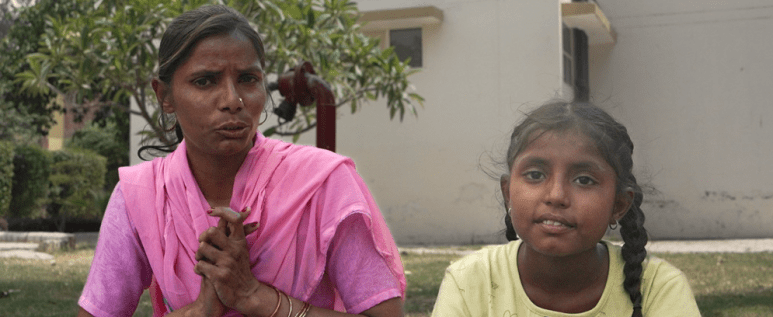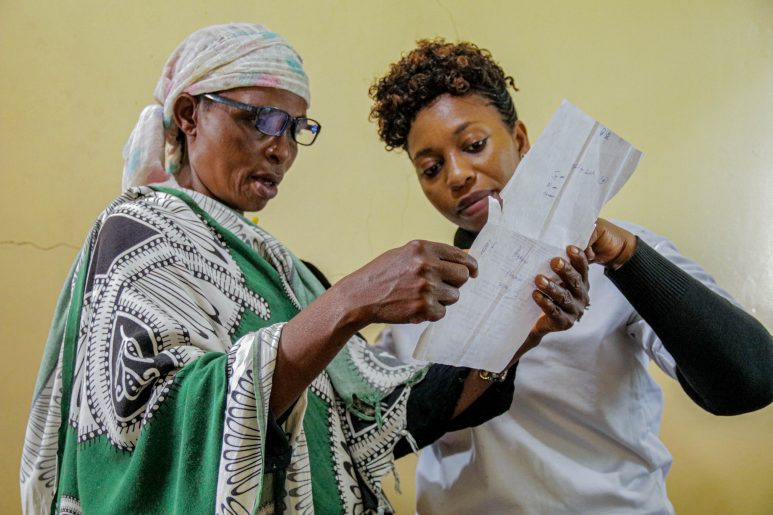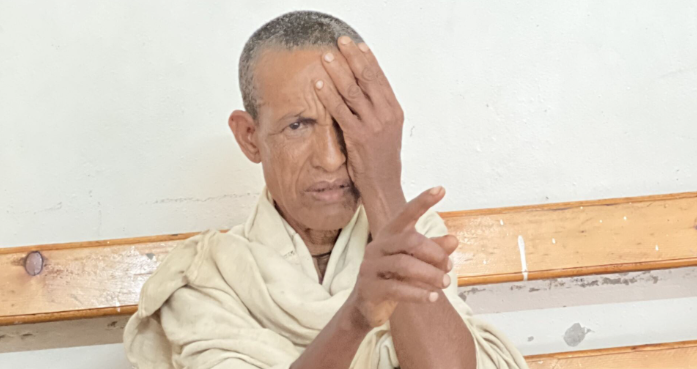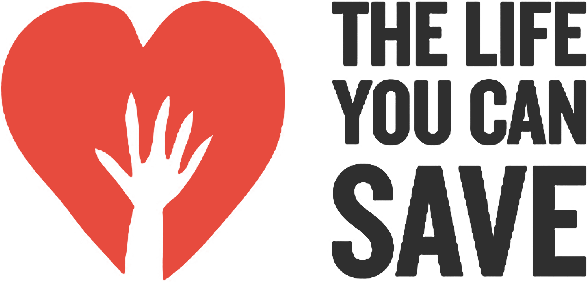Published by American Academy of Ophthalmology
Written By: Reena Mukamal
Reviewed By: Stephen N Lipsky MD
As children grow, their eyes change quickly. Careful attention to a child’s eye health can help catch problems early, while their eyes are still developing. For 2020: Year of the Eye, the American Academy of Ophthalmology presents 20 important things to know about kids’ eyes.
Babies
Ethiopian Baby photo by Ellen Crystal
Smoking can harm an unborn child’s eyes.
Smoking during pregnancy increases the risk for premature birth. Preemies are more likely to have permanent vision loss or even blindness. Smoking while pregnant also leads to a five-fold higher risk of the baby getting bacterial meningitis. Bacterial meningitis can cause severe vision loss.
For preemies, measure the baby’s vision milestones from their due date — not their date of birth.
Your pediatrician should check your infant’s vision at each well-baby visit to make sure it is developing as it should.
During a baby’s first months, their central vision is still developing.
A newborn baby can see, but they are still forming connections between their retina and their brain. As central vision develops, a baby may begin to focus on objects dangled right in front of them.
By age 3 months, a baby’s eyes should focus and follow objects.
In the first two months of life, an infant’s eyes may appear to cross or wander out to the sides. This is usually normal. As visual coordination improves, the baby’s eyes will work together to focus and follow a moving object. If you do not notice this happening consistently by age 3 months, talk with your pediatrician.
By age 5 months, babies are seeing in three dimensions.
At this age, babies get better at reaching for objects because they can see how far an object is from them. They are developing depth perception. They may even remember what an object is if they only see part of it.
Around age 9 months, babies’ eyes have turned their final colour.
Eye colour depends on the amount and distribution of a brown pigment called melanin in the iris. Light-coloured eyes at birth may darken if melanin develops. It is not uncommon, however, to see slight changes in eye colour during the first three years of life.
Toddlers
Milka, a Burundian toddler. Photo by Jean de Dieu Iradukunda
Watch for misalignment, or one eye that looks straight ahead while the other eye turns inward, outward, upward, or downward.
This may be a sign of strabismus, a visual problem that occurs in about 4% of children in the U.S. The ability of both eyes to focus on an object simultaneously continues to develop until about age 7. Be sure to seek evaluation early if you suspect a problem. This can also be caught during a routine preschool vision screen at the pediatrician’s office.
Measles is a leading cause of childhood blindness worldwide.
The virus can harm the eyes and vision in numerous ways. As new cases of the disease emerge in Europe and the U.S. (where the disease was once considered eradicated), it’s important to get your child vaccinated.
Keep toddlers away from cleaning products.
Young children are more likely than working-age adults to get eye damage from chemical burns. These burns are particularly dangerous because they can cause permanent damage to both external and internal eye structures. If a child does get chemicals in the eyes, flush them with plenty of water and proceed to your nearest emergency care department.
School-age Children
Malagasy boy at a screening camp. Photo by Ellen Crystal
Many school-age children are naturally farsighted.
In most cases, they do not need glasses. Children generally can accommodate by using their focusing muscles to see clearly near and far. As they age, children’s eyes grow and lengthen, and farsightedness often improves on its own. Significant farsightedness, however, can lead to strabismus and amblyopia (“lazy eye”) if left uncorrected.
Good screen time hygiene may help lower the risk of myopia and digital eye strain.
Studies have suggested that near work activities—including screen time—may be connected to both nearsightedness and digital eye strain. To help combat this, encourage your child to follow the 20-20-20 rule: Look up from the screen every 20 minutes and focus at least 20 feet away for 20 seconds.
Three not-so-obvious signs of childhood vision problems are:
1) quick loss of interest in activities that require extensive eye use,
2) losing your place when reading and
3) turning the head to look at something in front of you. If you observe one or more of these symptoms in your child, schedule an eye exam with an ophthalmologist.
Poor vision, focusing problems, jerky eye movements and crossed eyes do not cause learning disabilities.
Learning disabilities are caused by problems with how the brain processes what it sees or hears, not by faulty eyes.
Children can get cataracts too, congenitally or after birth.
Without proper treatment, pediatric cataracts can cause abnormal connections between the brain and the eye that may become irreversible. The good news is cataracts are often discovered during the eye screening at birth, or at subsequent pediatric vision screenings.
Blue light from digital devices is not dangerous for your children’s eyes.
But screen time should be limited late in the day to prevent sleep problems from blue light. Skip the glasses that claim to protect eyes from blue light. They lack evidence to support their claims.
Photos can help diagnose children’s eye problems and save sight.
Problems may be signalled by the “red reflex” or reflection of the camera flash off the retina. A white, yellow or black reflection in one or both eyes is abnormal, and can be a warning sign for the presence of an eye condition. If you are concerned, see a pediatric ophthalmologist.
Colour blindness is much more common in boys and the symptoms can be hard to detect.
Parents may only notice a problem when a child is learning colours. One symptom is the inability to tell the difference between shades of the same or similar colours. This happens most with red and green, or blue and yellow.
Teens and Young Adults
14-year-old Rinku in Nepal.
Eye injuries are the most common cause of blindness in children.
Baseball is a leading cause of eye injuries in children ages 14 and older. Regular eye glasses and sunglasses do not offer sufficient protection from sports-related eye injuries. In fact, they can shatter on impact, causing even more damage to the eyes.
More than 90% of children’s eye injuries can be prevented with protective goggles.
Children should wear sports eye protectors made with polycarbonate lenses for baseball, basketball, football, racket sports, soccer, hockey, lacrosse, paintball and other activities with a risk of eye injury.
Proper contact lens care is challenging for children and teens.
This puts them at higher risk for serious eye infections that can cause impaired vision or even blindness. Watch to be sure they care for their lenses properly.
Good vision is key to a child’s physical development, success in school, and overall well being. Don’t skip regular vision screenings.
These are important for detecting and correcting eye problems early. In addition to screenings for infants, the Academy recommends further vision screening for children when they are:
- In preschool (between the ages of 3 and 4)
- Entering elementary school
- Experiencing a possible vision problem






